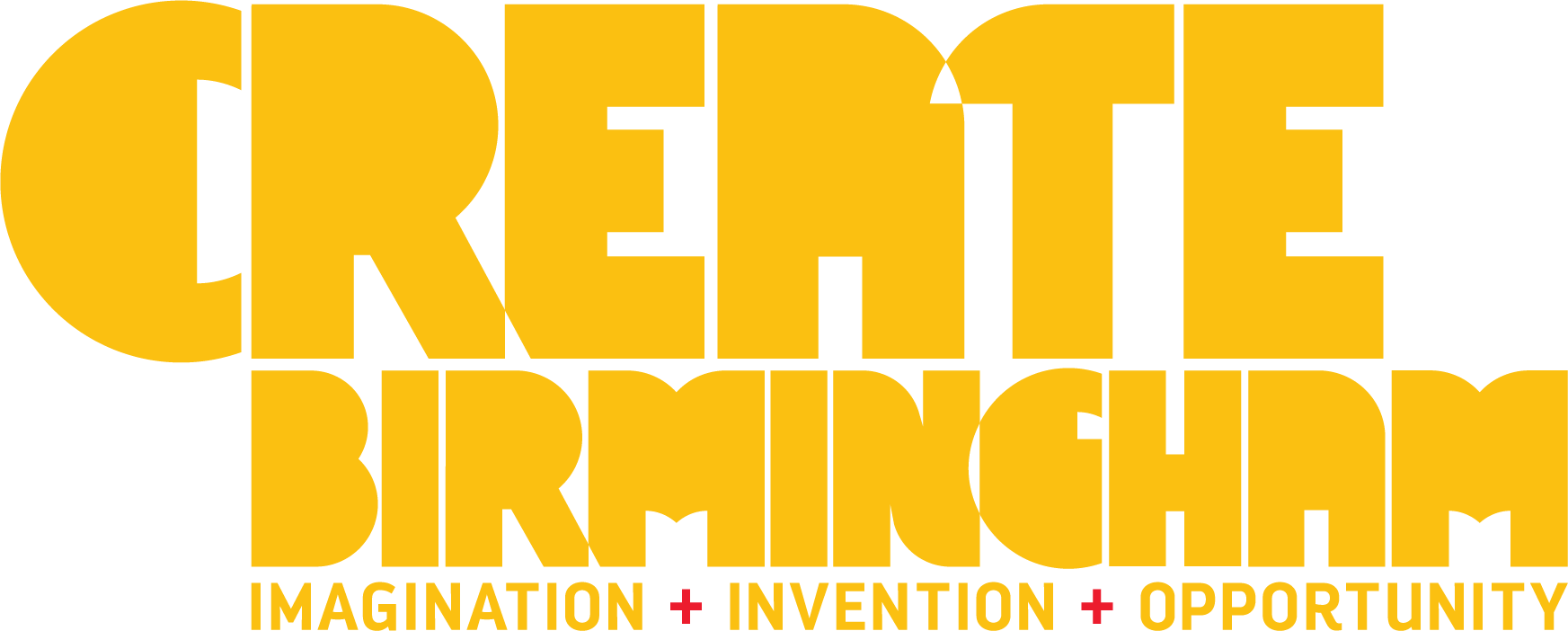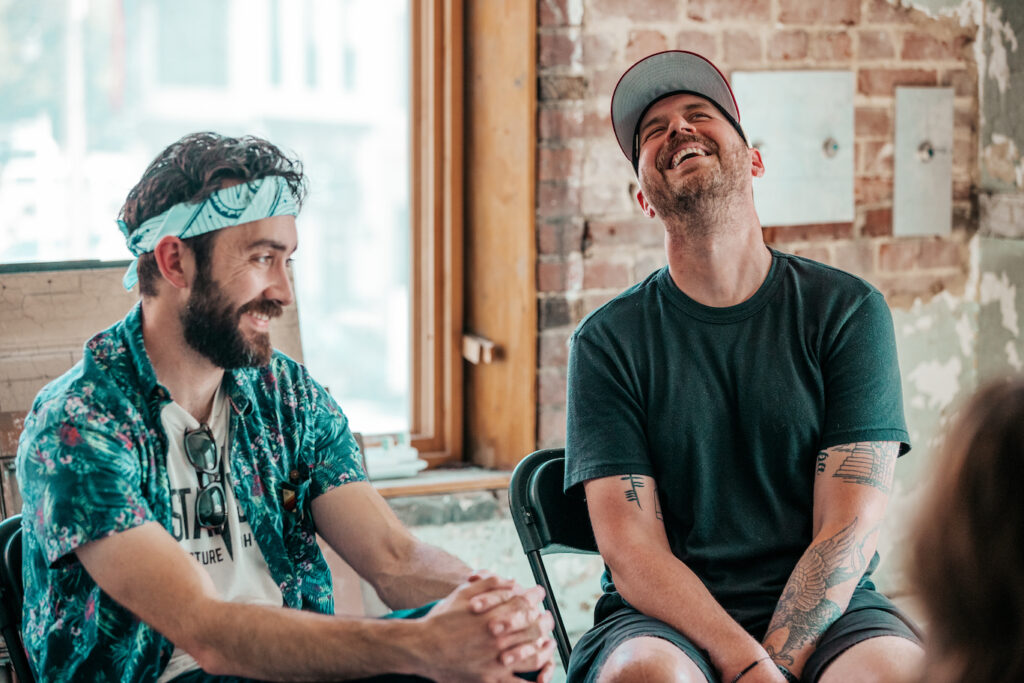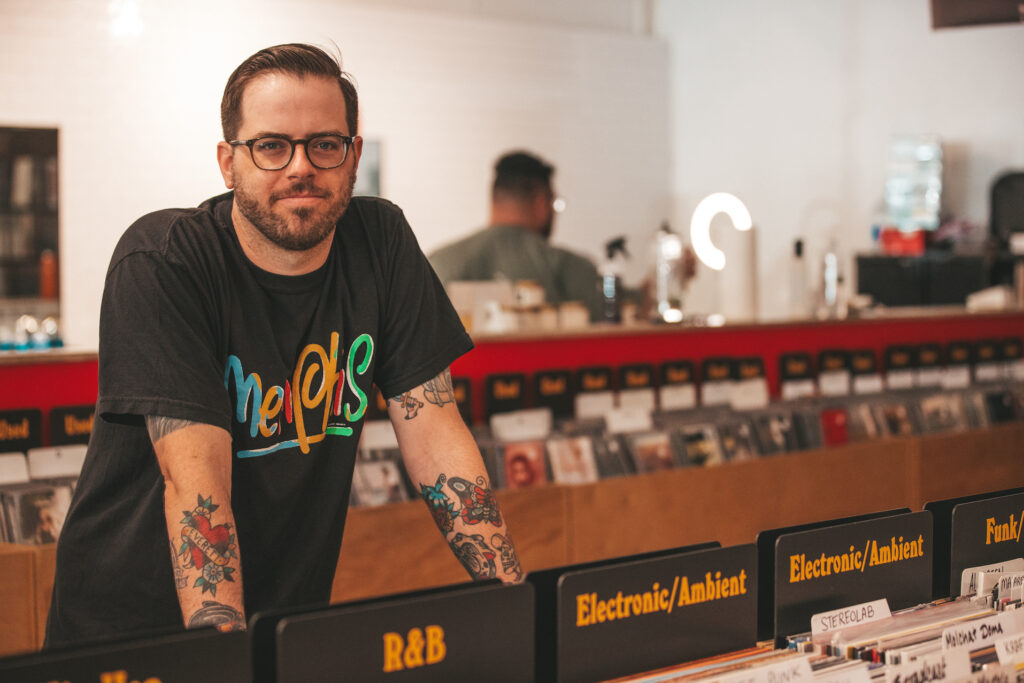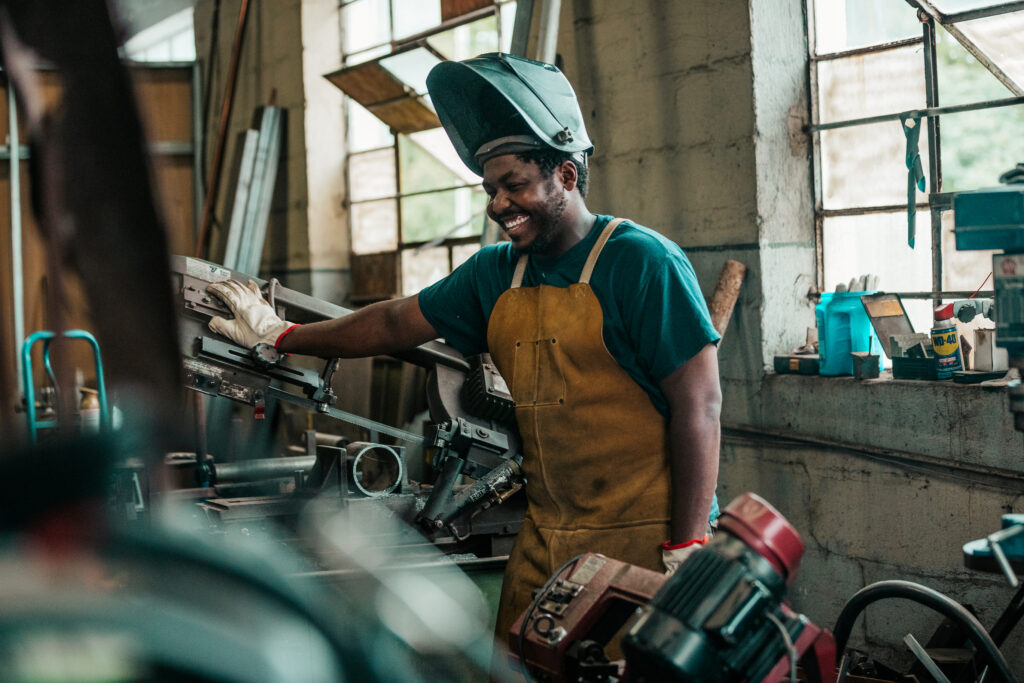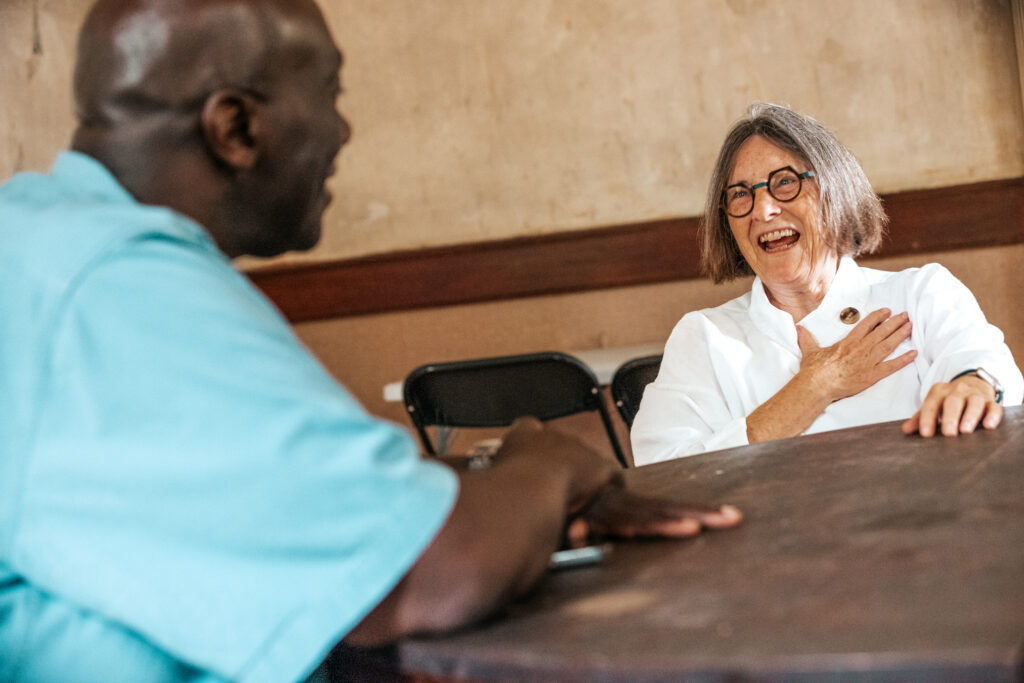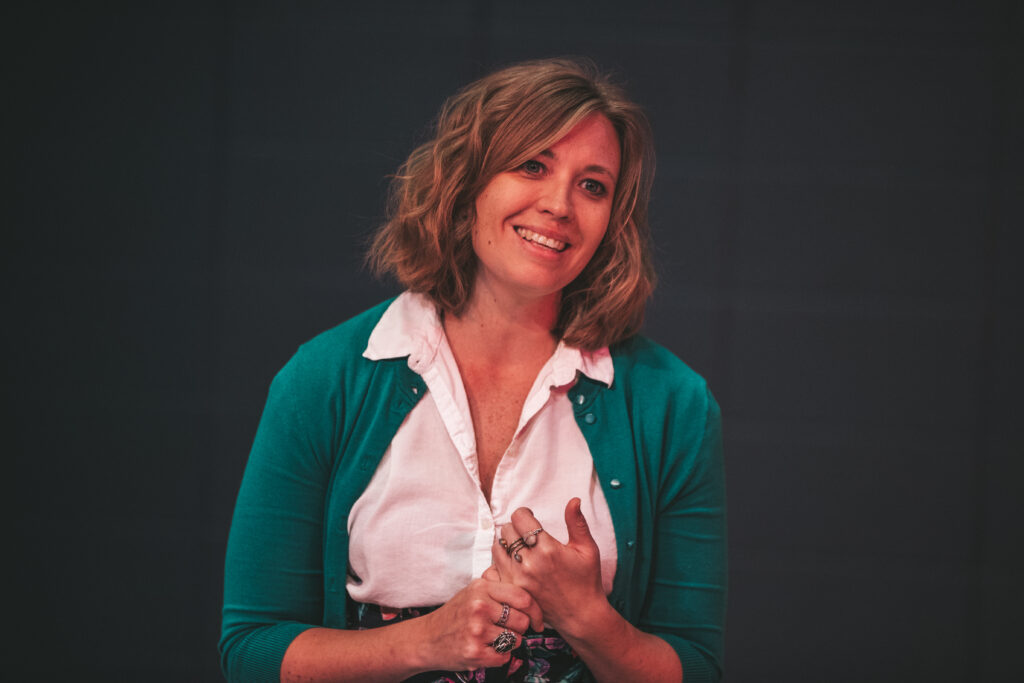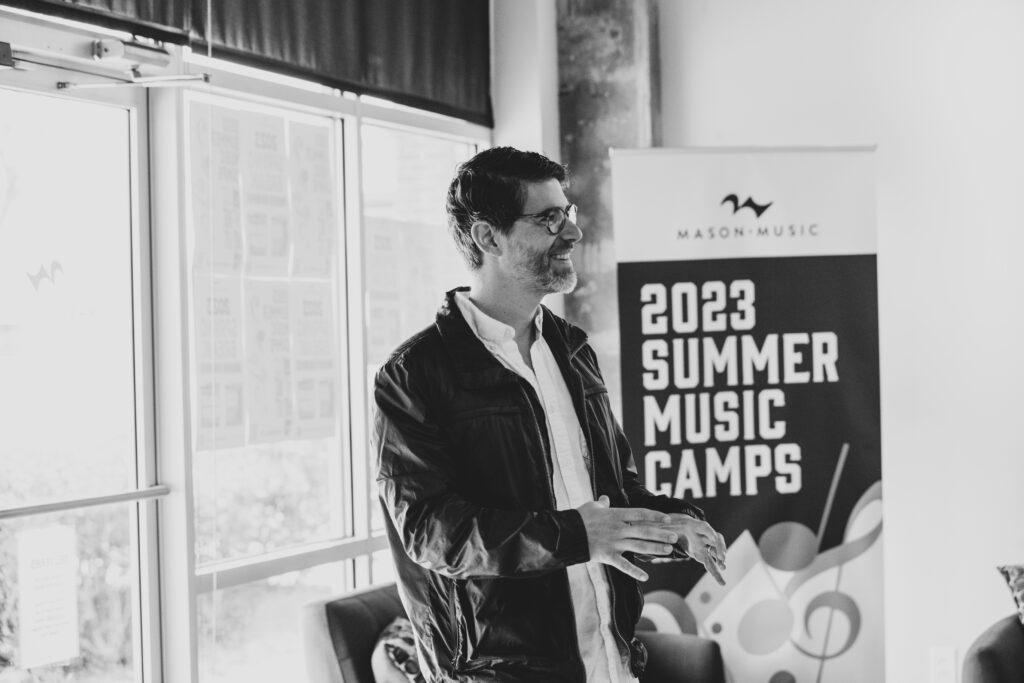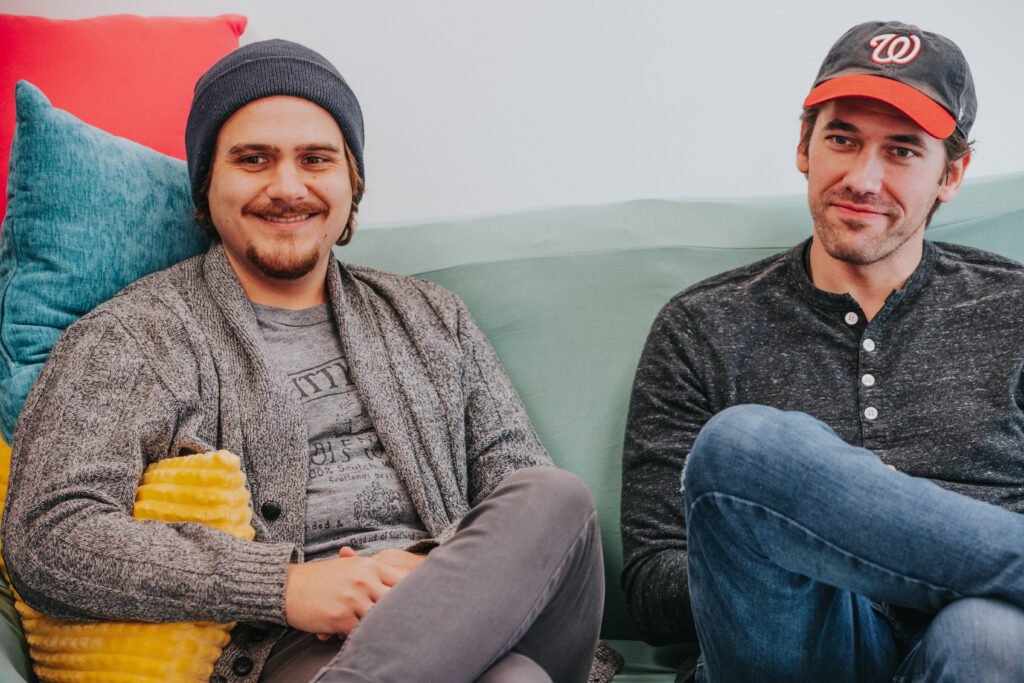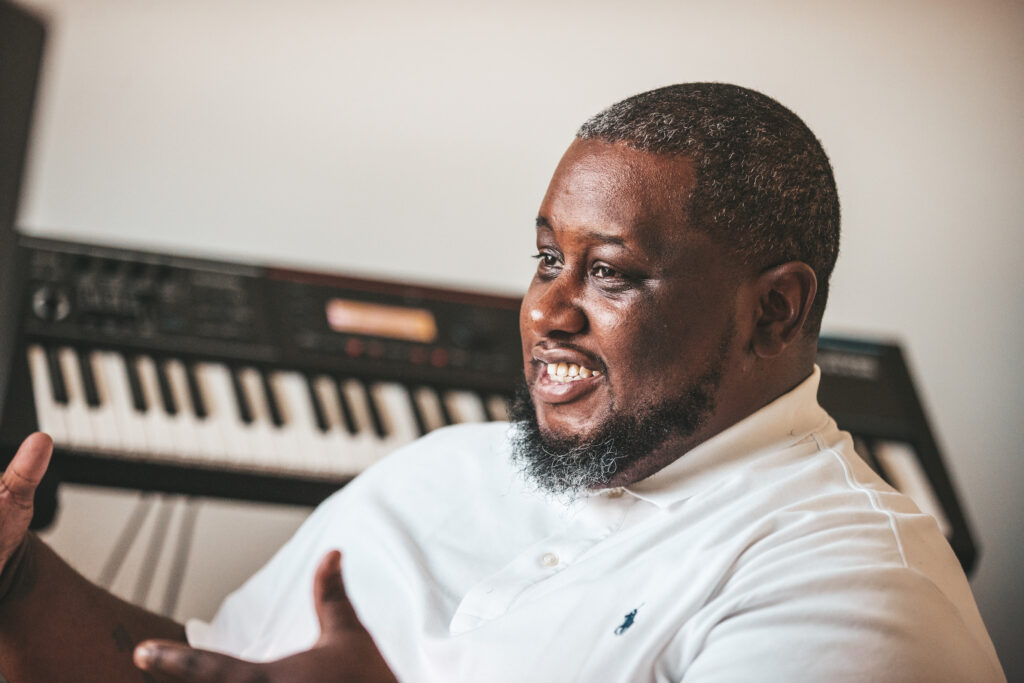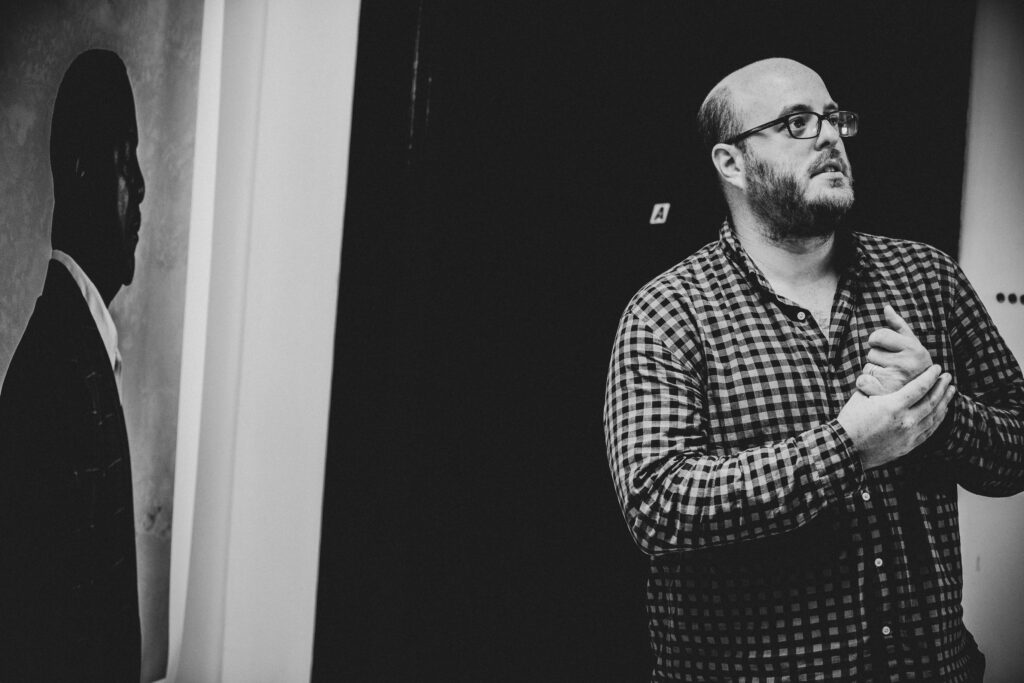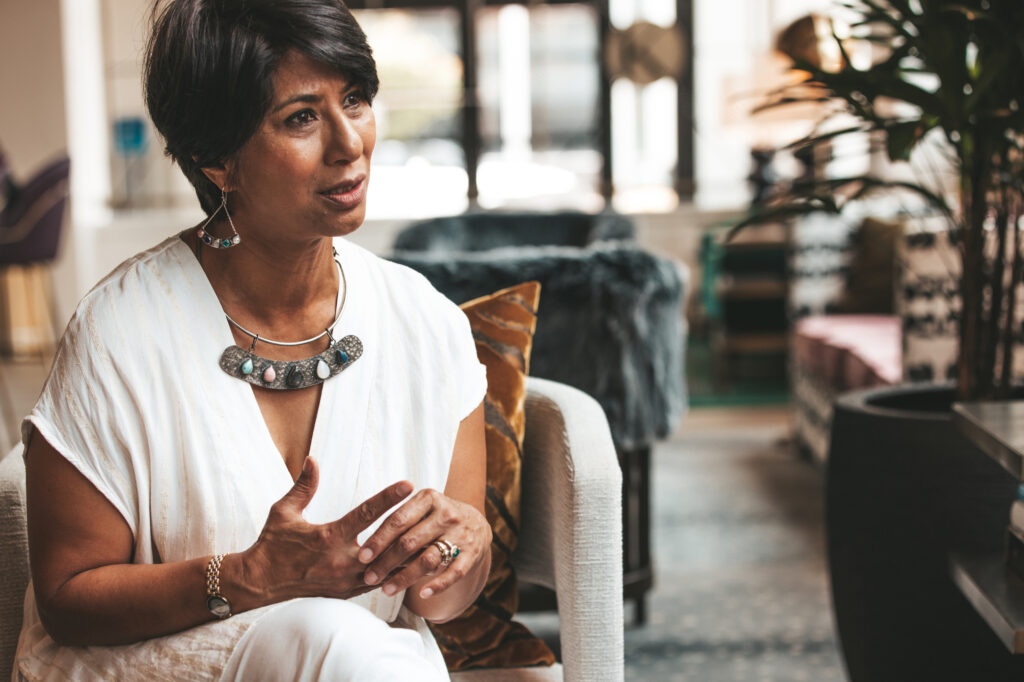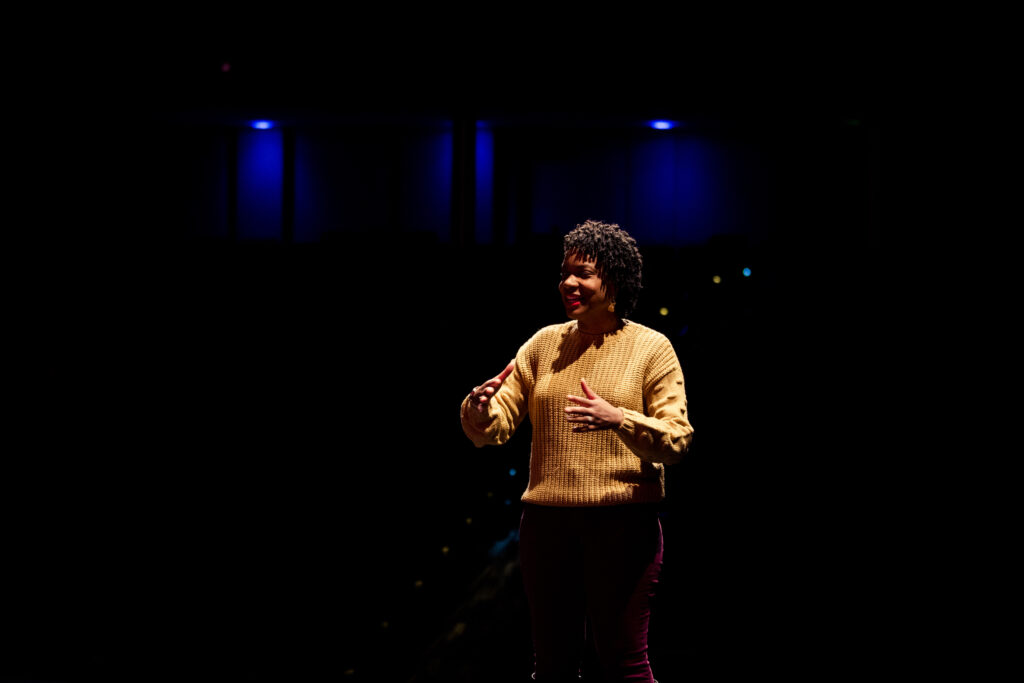For nearly two decades, dancer, choreographer, and teacher Ursula Smith has used her gifts to enrich the local dance scene, her students of all ages, and Birmingham as a whole. For this month’s Conversations with Creatives, Ursula spoke with us about her own artistic explorations, the philosophy she shares with her dancers, and the legacy she hopes to leave for her community.
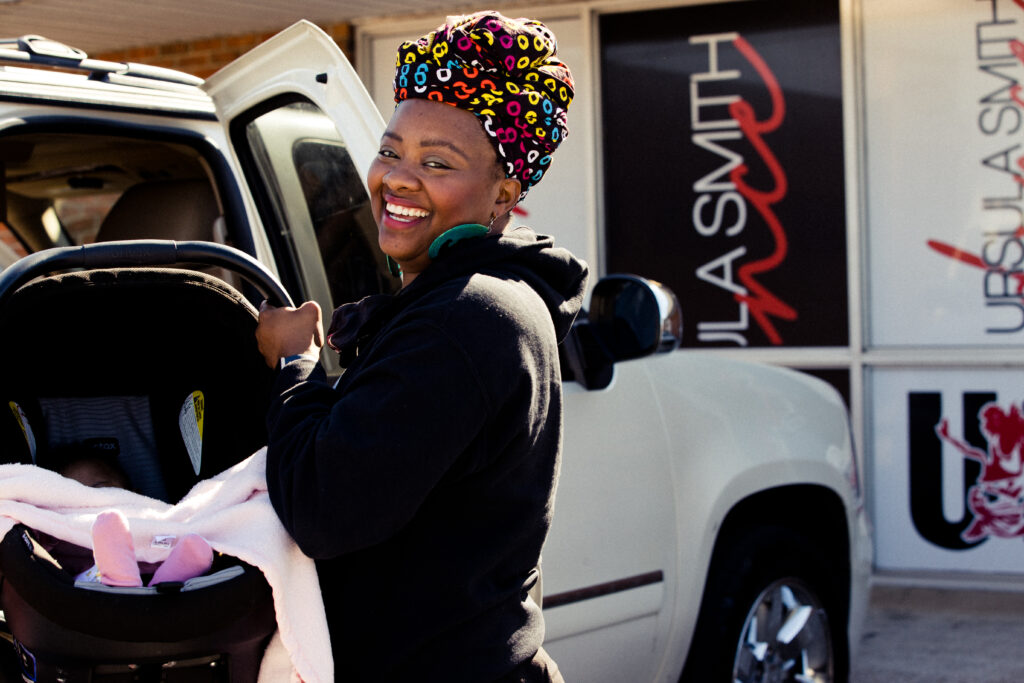 Ursula, you’re so well versed in so many dance genres. What genre first drew you in, and how did your passion grow from there?
Ursula, you’re so well versed in so many dance genres. What genre first drew you in, and how did your passion grow from there?Flamenco was the first genre that really pulled me in. I was 23 years old when I saw Laura Garrigues and something about the passion and intensity of Flamenco captivated me. I took classes and then performed for 5 or 6 years. It’s funny – a lot of people think African dance was my first love, but that actually came later.
As a child, I started dancing in school and church. Belinda Floyd had this school choir for kids and through that, I was exposed to the world of music and dance. And my church was big into the arts, including liturgical dance, giving me the opportunity to develop a love for the arts and a love for dance.
My informal introduction to the arts and dance is why I strongly advocate for arts programming in our schools. You never know how a small informal introduction can influence a child.
When did you open your studio? What was most surprising about the launch?
I opened in 2003. Also when I was 23 years old! I was excited to offer something that wasn’t yet being offered … cultural awareness in the dance community. I traveled to conferences and saw my own reflection in thriving dance communities. I was inspired by that and wanted to bring it back to Birmingham so I could reflect that back to community members here.
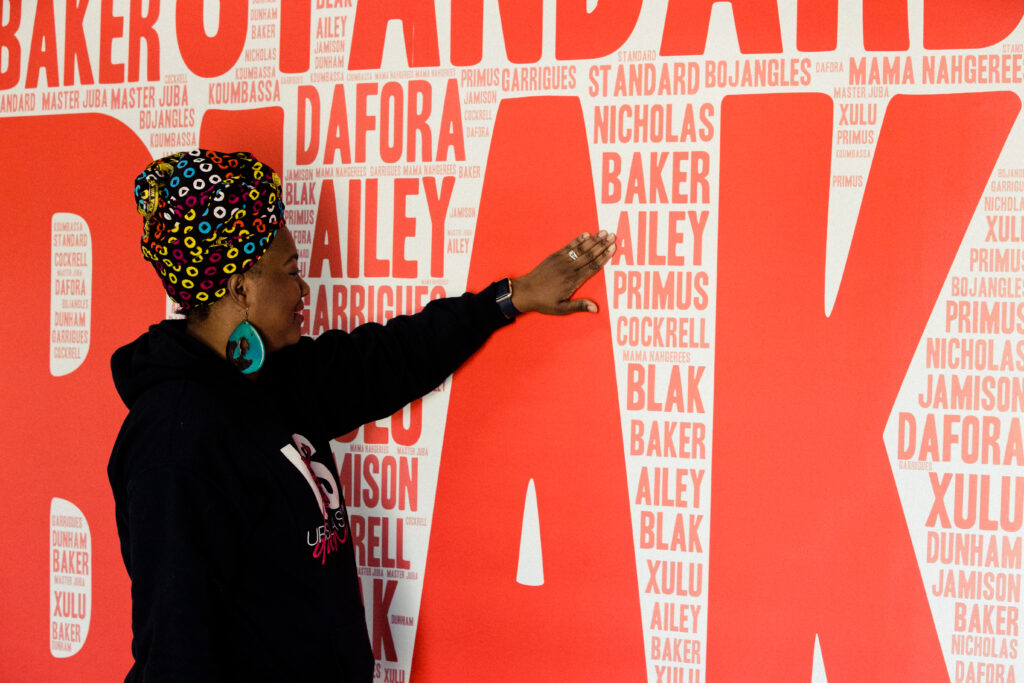
I was surprised that people were receptive to it. It was new because it was so different from the traditional styles of most dance studio offerings. I dedicated myself to incorporating styles from all corners of the world. I’d attend conventions and just soak up as much as I could. I remember spending hours learning new techniques, and most importantly, the why behind the movement. It was a deep historical and cultural dive. Every dance style I studied had a fully immersive cultural focus.
How did you navigate running a business at such a young age?
Constantly learning and educating myself. I didn’t go through a formal dance institution. But I put myself in front of those who did. I worked with people from the continent in the culture and space that was relevant. It gave me the opportunity to ask questions in real-time and understand the context of each artist. I also had a lot of great mentors. So many people have helped groom me. They taught me the history and made sure that I understood the why behind the movement.
Because I don’t have formal institutional knowledge, I’ve relied heavily on building expertise through experience. I’m always integrating new styles of pedagogy that work with community members. I still train and dance and learn, so I can navigate new things and bring them back to my students.
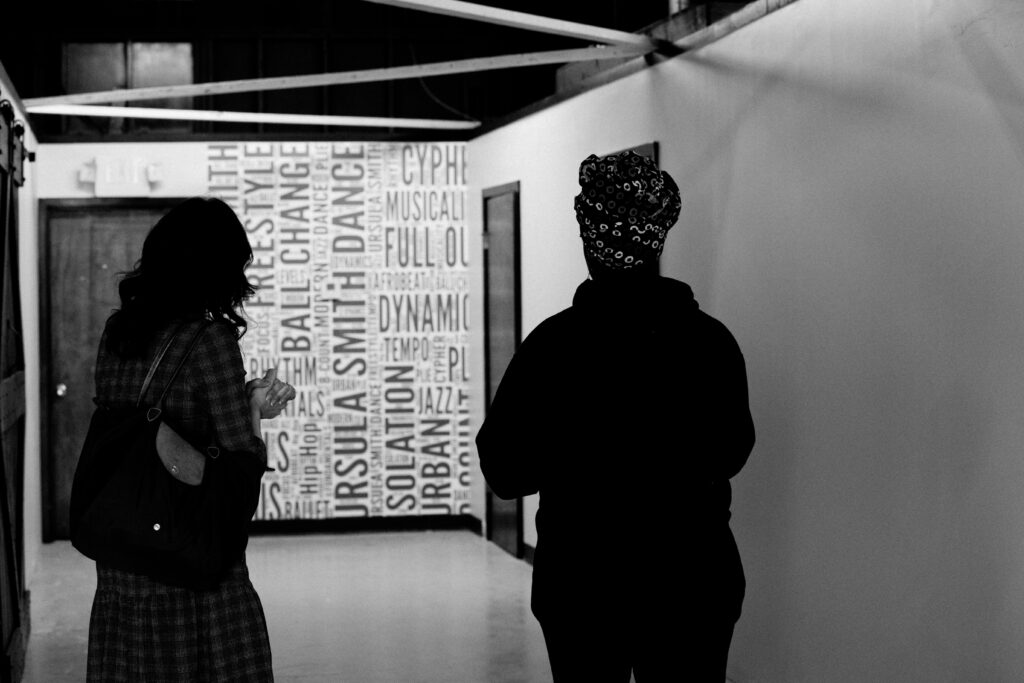 Speaking of new things … I had the chance to see Brown Sugar Nutcracker, and I walked away thinking; Wow, what a celebratory community dance event! Where did the idea of Brown Sugar Nutcracker originate from? And what is your vision for the future of that production?
Speaking of new things … I had the chance to see Brown Sugar Nutcracker, and I walked away thinking; Wow, what a celebratory community dance event! Where did the idea of Brown Sugar Nutcracker originate from? And what is your vision for the future of that production?I wanted to create something that would be a legacy performance and could become a new tradition for the City of Birmingham. One year a hip-hop Nutcracker came through and I was blown away by the impact it had on our youth. I wondered how I could create something that kids could look forward to and develop a year-round love for the arts.
I used The Nutcracker story to offer a modern-day twist that brings cultural awareness and relevancy to participants and audiences of all ages. Historically, nutcrackers were believed to ward off evil spirits, so I tied that to a modern-day tale of how generations of families showed strength in the face of evil. That tie to our history is important because it reminds us all that we can actually conquer tomorrow.
And of course, there is joy in the production. Seeing those kids light up in performance is awesome. They are heard. They are seen. They are loved. And the show has been successful because everyone takes something from it. Spiritual, visual, or simply uplifting. That’s my vision for the future of the show. To leave a performance for the next generation to enjoy.

Just as your production has grown, your studio is growing too. You’ve just moved into an expanded new studio space in Woodlawn. Why Woodlawn? And how will you utilize the new space?
Funny story, I actually looked for space in Woodlawn back in 2003. I’ve had studio space throughout the city and am happy to have landed in Woodlawn. I was actually looking at the space next door when this one became available. It’s 4000 square feet of dancing space! I want my students to feel a sense of pride when they’re here. And this space allows us to invest in an atmosphere where kids are inspired when they walk in and different when they walk away.
Woodlawn is surrounded by a lot of schools and creates a lot of opportunities for me to expand our dance footprint in the City. I can advocate for arts access and partner with surrounding schools and organizations to bridge the gap so we keep the light burning for the arts. In addition to broadening cultural awareness through dance, my job is to keep the love of artistic expression alive. Woodlawn is a great place to do that advocacy work.
Your studio’s core values are Dream, Create and Be. I appreciate the emphasis on these qualities, particularly in an art form that can be so technically focused. Can you talk a little bit about those values and how they inform the way you train and support your dancers?
Yes, “dream create and be” was something I came up with because not all things are technical, or even dance-related. But dance ignites those three points. Before I start a class I get the girls thinking about the purpose of life generally. Let’s take dance out for a minute and think about what you want to be. What’s your purpose for being here? And that reason doesn’t have to be dancing.
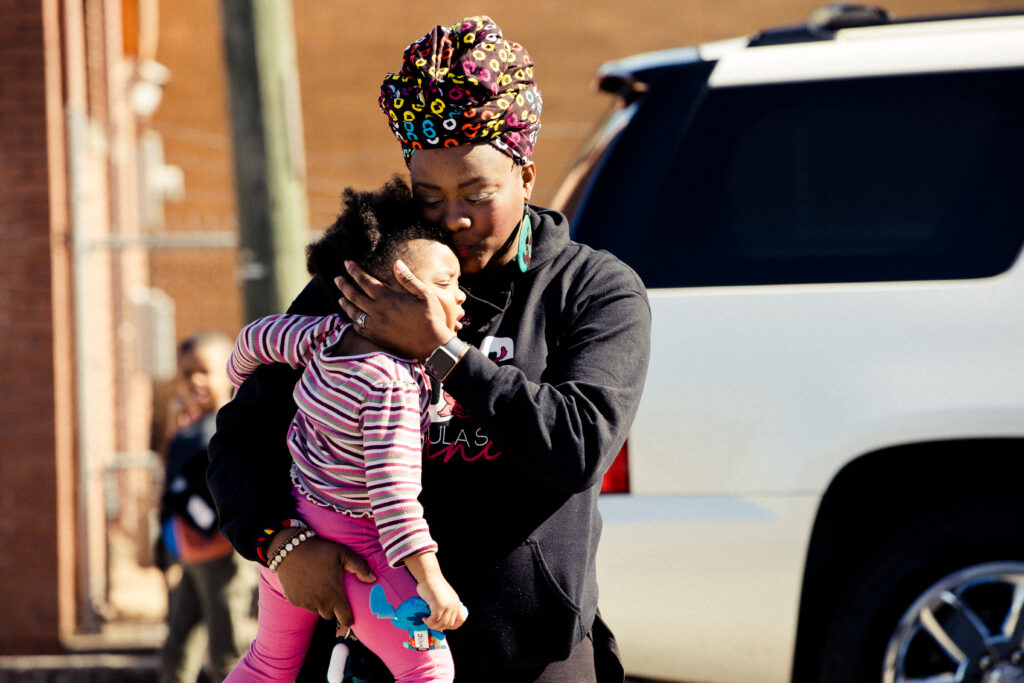 I’ve got that one class a week to remind them to continue to dream, create and be. Walk in it and become it. I was that girl. I’m walking my vision and finding creative ways to thrive. I get to show them that example and instill confidence in who they are and who they endeavor to be.
I’ve got that one class a week to remind them to continue to dream, create and be. Walk in it and become it. I was that girl. I’m walking my vision and finding creative ways to thrive. I get to show them that example and instill confidence in who they are and who they endeavor to be.I can’t just teach dance. I use dance to teach life.
Finally, I can’t skip over the fact that in addition to running the studio, you are a mother of three young children. It’s so inspiring. How do you balance it?
I have three babies, Elijah 6, Sophia 2, and Symphony who is 5 months. I married a musician and we’ve had a great adventure together. We’ve never stopped or slowed down. I enjoy being a mom, but it’s definitely challenging. The legacy of this studio is so motivating and I’m excited they’ll grow up experiencing dance. Arts will play a foundational role in their lives and they’ll carry that forward.
I’m always mothering – across the studio beyond my own family. I just try to be strong for the families here, as much as I am for my own family. I lean on prayer a lot and there is a constant awareness of and attachment to everyone who interacts with me and the studio. Everyone has a part to play in the greater good of our dance community, and that transcends everything. Everybody is fighting the same fight … to have a place in this world and to find a sense of self and happiness.
